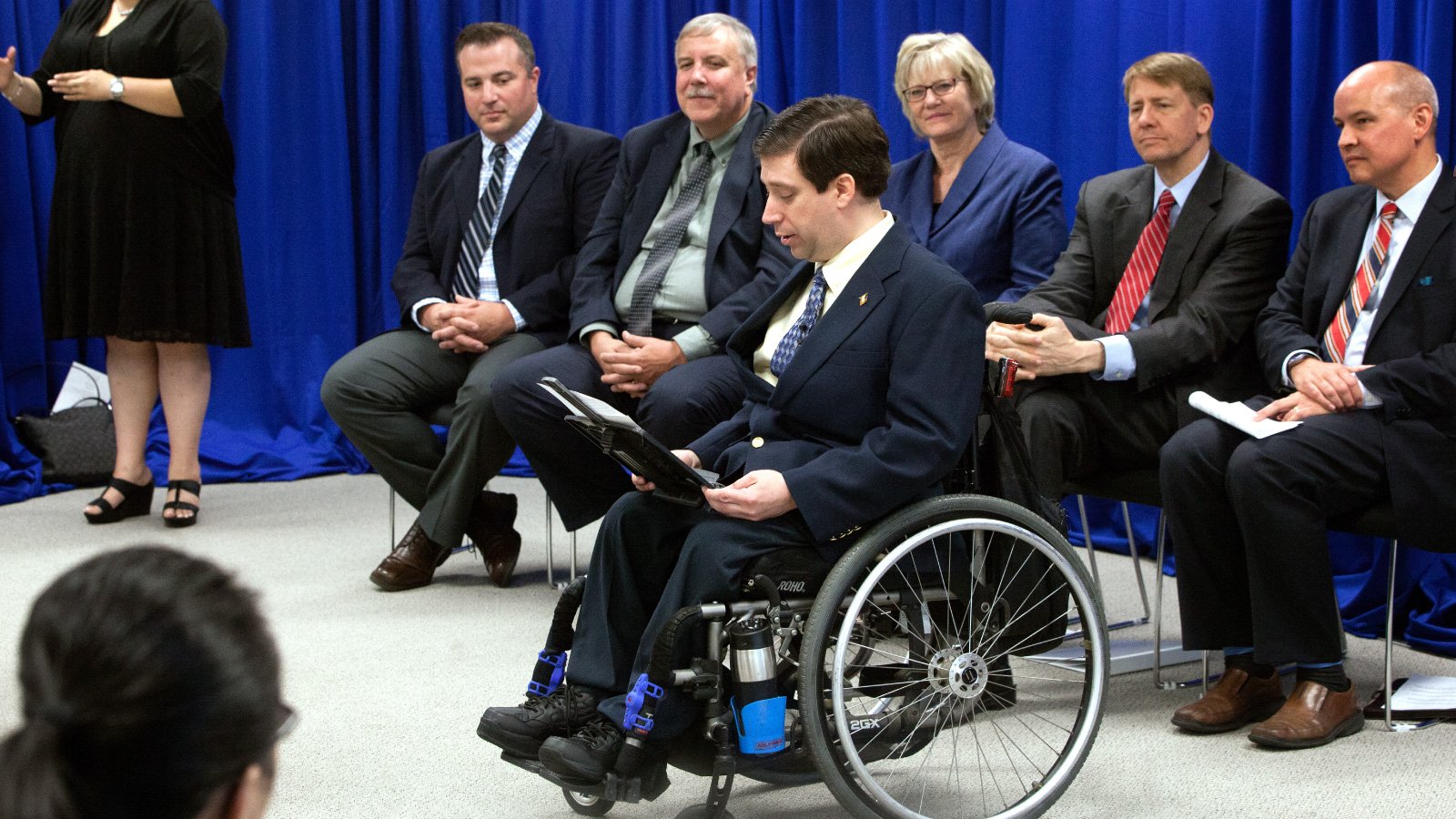How The Americans With Disabilities Act Changed Architecture

It is 31 years since President George H W Bush signed into law one of the most important civil rights acts in the history of the United States of America: the Americans with Disabilities Act. The ADA sets out guidelines that are intended to prevent discrimination based on ability. It has changed how Americans think about architectural space profoundly, even though many buildings are still inaccessible to people with many kinds of disabilities. In 2010 an amendment was added to the Act, which further specified the standards for accessible architecture. Although the Americans with Disabilities Act is rarely enforced by the federal government, it allows for people with disabilities to have legal recourse if they decide to take an inaccessible building’s owners to court. Here are some of how the Americans With Disabilities Act changed architecture.
Related: 3 Ways Technology is Improving Healthcare
A Boom For The Elevator Industry
Elevators are not just objects of convenience; they are necessary for wheelchair users or with limited cognitive functions. As a result, elevator system management and consultancy companies like ATIS have been inundated with work evaluating elevators in buildings to bring them up to ADA standards, especially in high-rise buildings, or where it is not viable to incorporate ramps.
The Rising Voice Of Accessibility Consultants
Companies couldn’t just figure out for themselves how to make their buildings accessible with no prior experience. The passing into law of the ADA meant that accessibility consultants became sought-after parties. Accessibility consultants come from all backgrounds but usually have experience either as an architect or as a disabled person. The rising voice of accessibility consultants has changed the process of designing and building a structure. A dialogue about accessibility has to be baked into every phase of design – as it should be. Firms like LMN architects based out of Seattle have incorporated a more discourse-based set of practices into their work. They seek out new perspectives from people that might use their buildings that have differing abilities.
Related: Benefits of Yoga Exercises for Healthy Lifestyle
The Bread And Butter Of A New Generation Of Architects
It could be said that the Americans with Disabilities Act is maturing. Due to the Act has been around for 31 years, a generation of architects have practiced with accessibility in mind for their entire careers. This is incredibly important. Disabled people should not be considered as an afterthought in the architectural design process. The beauty of architecture sometimes lies with the merging of form and function. If accessibility is incorporated inherently into the function of any building, it can also contribute to the form.
Related: 3 Reasons Why Your Health is Key to Success
There have been some beautiful examples of this happening. Access ramps have been especially well utilized by innovative architects, who have made features out of sloped glass walkways and shapely inclines. Elevators can also be incorporated into the stylish form of a building. The idea that accessibility features need to be tagged onto a building in a way that detracts from the form is absurd, especially if it is in the hands of the right architect.









